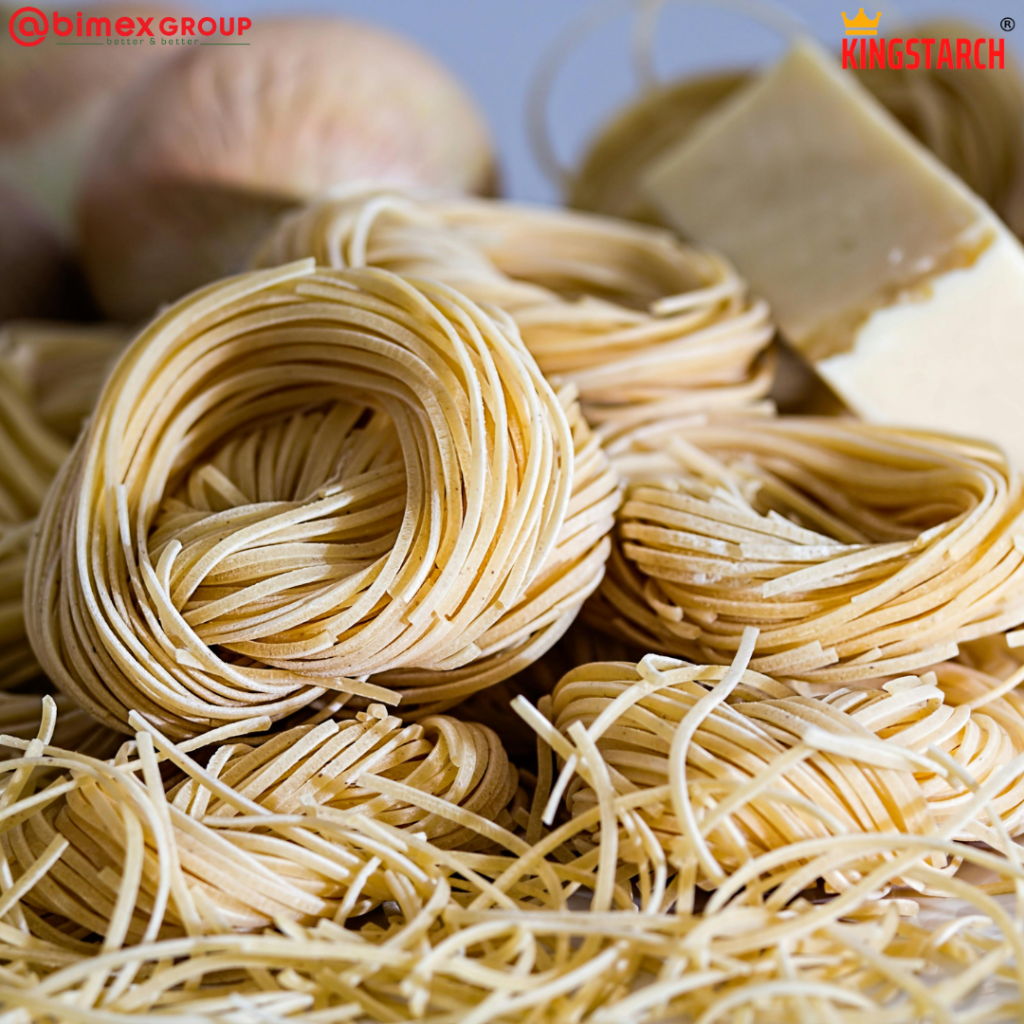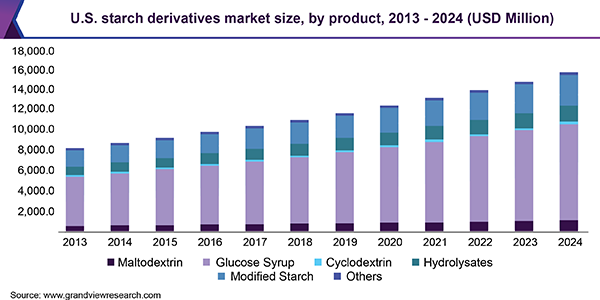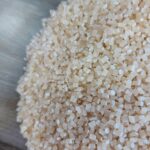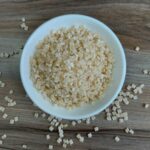CASHEW NUT SHELL OIL
Table of Contents
ToggleIn the fast-evolving food industry, innovation is key to meeting consumer demands for better taste, texture, and nutrition. One ingredient making significant strides in noodle production is Hydroxypropyl Starch E1440. Derived from tapioca/cassava, this versatile starch is transforming the way noodles are produced, offering a host of benefits that cater to both manufacturers and consumers. Let’s explore the growing significance of Hydroxypropyl Starch E1440 in the world of noodles.

What is Hydroxypropyl Starch E1440?
Hydroxypropyl Starch E1440 is a chemically modified starch that has undergone hydroxypropylation, a process that introduces hydroxypropyl groups into the starch molecule. This modification alters the starch’s properties, enhancing its functionality in various food applications. Derived primarily from tapioca or cassava, Hydroxypropyl Starch E1440 is known for its excellent thickening, stabilizing, and emulsifying properties, making it an ideal ingredient in the food industry.
The starch modification process involves treating tapioca starch with propylene oxide, resulting in a starch that is more stable against retrogradation and resistant to heat and shear during processing. These enhanced properties are particularly beneficial in noodle production, where consistency and quality are crucial.
Benefits of Hydroxypropyl Starch E1440 in Noodles
The application of Hydroxypropyl Starch E1440 in noodle production offers several key advantages:
1. Enhanced Texture: One of the primary benefits of using this modified starch in noodles is its ability to improve texture. It helps noodles achieve a desirable chewiness and smoothness, which are critical factors in consumer satisfaction. The starch enhances the dough’s elasticity, resulting in noodles that are firm yet tender when cooked.
2. Extended Shelf Life: Hydroxypropyl Starch E1440 also plays a vital role in extending the shelf life of noodles. By improving moisture retention, it helps maintain the noodles’ freshness for longer periods, reducing the risk of staleness or degradation over time. This is especially beneficial for instant noodles and other processed noodle products that require a longer shelf life.
3. Improved Cooking Qualities: Noodles made with Hydroxypropyl Starch E1440 exhibit improved cooking qualities, including better water absorption and less stickiness after cooking. This ensures that the noodles retain their structure and do not become overly soft or clumpy, which is a common issue with traditional starches.
Applications in Noodles
Hydroxypropyl Starch E1440 is versatile and can be used in various types of noodles:
1. Instant Noodles: In instant noodles, this starch is often used to improve rehydration properties and texture. It helps the noodles cook quickly while maintaining their firmness and preventing them from becoming mushy.
2. Fresh Noodles: For fresh noodles, Hydroxypropyl Starch E1440 enhances the dough’s handling properties, making it easier to roll and cut. It also contributes to a more uniform noodle surface, which is essential for appearance and cooking consistency.
3. Specialty Noodles: In specialty noodles, such as gluten-free or low-carb varieties, Hydroxypropyl Starch E1440 can be used to replicate the texture and mouthfeel of traditional wheat-based noodles, offering consumers more dietary options without compromising on quality.
Market Data and Trends
The global demand for modified starches like Hydroxypropyl Starch E1440 is on the rise, driven by the expanding processed food industry, especially in Asia. According to a report by MarketsandMarkets, the global modified starch market is expected to grow at a CAGR of 4.2%, reaching $12.8 billion by 2025. Asia, particularly China and Southeast Asia, is leading this growth due to the increasing consumption of processed foods and the popularity of instant noodles (Grand View Research).
Tapioca/cassava-derived starches are becoming increasingly popular due to their non-GMO, gluten-free nature, and their ability to meet the demands of clean-label products. As consumers become more health-conscious, the demand for such ingredients is expected to grow, further boosting the market for Hydroxypropyl Starch E1440.

Health and Consumer Benefits
Hydroxypropyl Starch E1440 not only enhances the technical qualities of noodles but also offers potential health benefits. It is gluten-free, making it suitable for consumers with celiac disease or gluten intolerance. Moreover, its ability to improve the texture and shelf life of noodles means fewer additives and preservatives are required, aligning with the clean-label trend.
Conclusion
Hydroxypropyl Starch E1440 derived from tapioca/cassava is a powerful ingredient that offers numerous benefits in noodle production. From enhancing texture to extending shelf life and improving cooking qualities, this starch is a game-changer for manufacturers aiming to meet the evolving demands of consumers. As the market for modified starches continues to grow, incorporating Hydroxypropyl Starch E1440 into noodle products presents a promising opportunity for innovation and differentiation.












